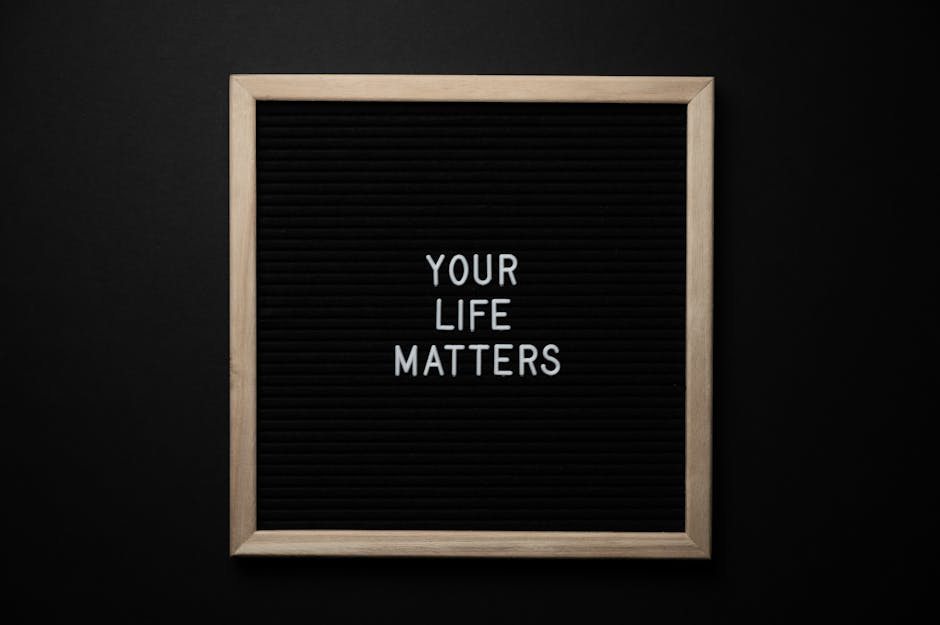Our Blog
Understanding How Choledochal Cysts Impact Liver Function
April 27, 2024
What are choledochal cysts and how do they affect the liver?
Choledochal cysts are structural abnormalities in the bile ducts that can lead to complications in the liver’s function. These cysts are typically present from birth and can cause issues such as bile buildup, infection, and even liver damage if left untreated. The most common symptoms of choledochal cysts include abdominal pain, jaundice, and fever. If not addressed, choledochal cysts can increase the risk of liver cancer. Surgery is usually required to remove the cysts and repair the bile ducts, preventing further damage to the liver.
Types of choledochal cysts
Choledochal cysts are mainly classified into five types: Type I, Type II, Type III, Type IV-A, and Type IV-B. Each type has its specific characteristics and locations within the bile ducts. Type I is the most common in children, while Type IV is often found in adults. Understanding the type of choledochal cyst is crucial in determining the appropriate treatment plan for the patient.
Causes of choledochal cysts
Choledochal cysts are primarily caused by an abnormal birth defect in the bile ducts. These anomalies can be present at birth and may lead to the formation of cysts over time. Other potential causes may include genetic factors or abnormalities during the development of the bile ducts.
Symptoms of choledochal cysts impacting liver function
Choledochal cysts affecting the liver can present with various symptoms, indicating a problem with liver function. These symptoms may include abdominal pain, jaundice, nausea, vomiting, and fever. In some cases, individuals may also experience pale stools and dark urine, which are signs of liver dysfunction. If you notice any of these symptoms, it is essential to seek medical attention promptly to address the issue.
Diagnosis and detection of choledochal cysts in relation to the liver
Doctors use imaging tests like ultrasounds, CT scans, and MRIs to diagnose choledochal cysts. These tests help them visualize the cysts and assess their size and location. Sometimes, doctors might also recommend an endoscopic retrograde cholangiopancreatography (ERCP) to get a closer look at the bile ducts and confirm the diagnosis. It’s crucial to detect choledochal cysts early to prevent complications and maintain liver function.
Treatment options for choledochal cysts and liver health
Surgery is the most common treatment for choledochal cysts. The entire cyst and the affected bile ducts are usually removed, then the remaining healthy sections of the bile duct are reconnected. This approach helps prevent future complications and promotes liver health. In some cases, liver transplantation may be necessary, especially if the cyst has caused significant damage to the liver. It’s important to discuss all treatment options with a healthcare provider to determine the best course of action for managing choledochal cysts and maintaining liver function.
Surgical procedures for managing choledochal cysts
Surgical procedures are often necessary to manage choledochal cysts effectively. Here are common surgeries used to treat choledochal cysts:
- Cyst excision: Surgeons remove the cyst and reconstruct the bile duct.
- Hepaticojejunostomy: This procedure involves connecting the bile duct to the small intestine to allow bile flow.
- Liver transplantation: In severe cases, a liver transplant may be needed to replace a damaged liver with a healthy one.
These surgeries aim to alleviate symptoms, prevent complications, and restore optimal liver function in individuals with choledochal cysts.
Complications of untreated choledochal cysts on liver function
Untreated choledochal cysts can lead to serious complications for your liver. If left unaddressed, these cysts can cause liver infections, liver failure, bile duct blockages, and even an increased risk of developing liver cancer. It is crucial to seek medical attention promptly to prevent these harmful effects on your liver function.
Recovery and care after treatment for choledochal cysts
After treatment for choledochal cysts, it is essential to follow your healthcare provider’s instructions for a smooth recovery. Here are some key points to keep in mind:
-
Your doctor may recommend follow-up appointments to monitor your progress and ensure that there are no complications.
-
It is important to take any prescribed medications as directed and attend all scheduled check-ups.
-
You may be advised to follow a specific diet to support your liver function and overall health.
-
Be mindful of any symptoms that could indicate a recurrence of the cysts or other issues, and promptly report them to your healthcare provider.
-
Engaging in light physical activity as recommended can aid in your recovery process.
-
Remember to prioritize self-care and rest to allow your body to heal effectively.
Importance of regular monitoring for liver function
Regular monitoring of your liver function is crucial when dealing with choledochal cysts. This helps to track any changes in your liver health and catch any potential issues early on. By keeping a close eye on your liver function through regular tests, you and your healthcare provider can work together to manage your condition effectively and maintain optimal liver health.
